Home>Furniture & Design>Bathroom Accessories>What Happens If You Drink Toilet Bowl Cleaner
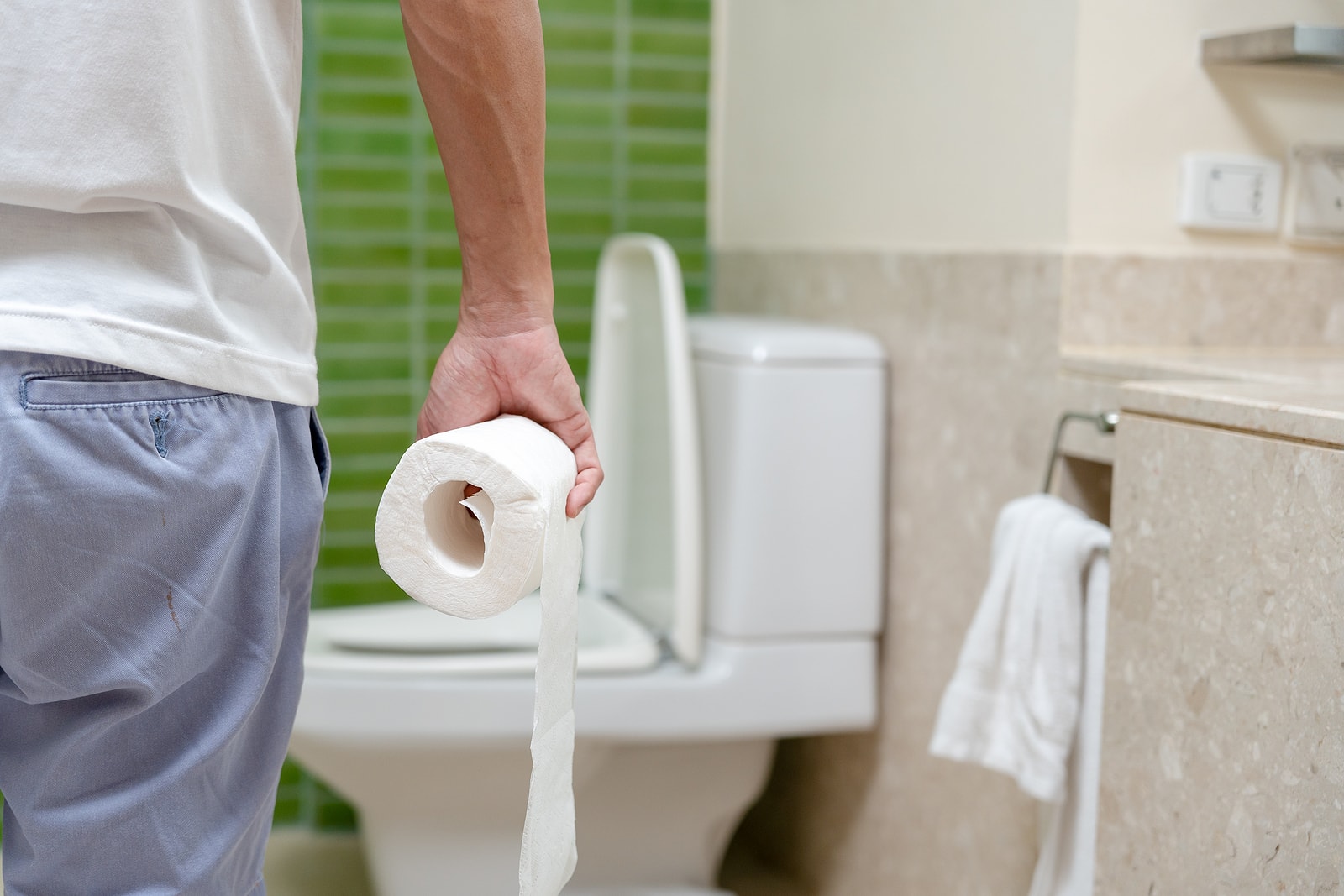

Bathroom Accessories
What Happens If You Drink Toilet Bowl Cleaner
Modified: August 17, 2024
Discover the potential dangers of drinking toilet bowl cleaner and how to prevent accidents with bathroom accessories. Stay informed and stay safe.
(Many of the links in this article redirect to a specific reviewed product. Your purchase of these products through affiliate links helps to generate commission for Storables.com, at no extra cost. Learn more)
Introduction
Toilet bowl cleaner is a household product designed to effectively clean and disinfect the toilet bowl. It typically contains a combination of chemicals and surfactants that help break down and remove stubborn stains, mineral deposits, and bacteria. While toilet bowl cleaner serves a crucial role in maintaining hygiene and cleanliness in the bathroom, it is essential to handle and store it with caution due to its potentially harmful nature.
When it comes to household cleaning products, it's important to be aware of their intended use and potential risks. Toilet bowl cleaner is no exception. Accidental ingestion of toilet bowl cleaner can lead to serious health complications, making it crucial to understand the potential dangers associated with this product. In this article, we will delve into the composition of toilet bowl cleaner, the health risks of ingesting it, and the immediate and long-term effects it can have on the body. Additionally, we will explore the necessary steps to take in the event of accidental ingestion, emphasizing the importance of seeking prompt medical attention.
Understanding the potential consequences of ingesting toilet bowl cleaner is vital for everyone, especially households with children or pets. By gaining insight into the risks and effects of this product, individuals can take proactive measures to prevent accidental exposure and ensure the safety of their loved ones. Let's delve into the details of what toilet bowl cleaner is composed of, the associated health risks, and the necessary precautions to safeguard against its potential dangers.
Key Takeaways:
- Drinking toilet bowl cleaner can cause immediate and long-term health risks, including chemical burns, respiratory issues, and organ damage. Seek immediate medical help if accidental ingestion occurs.
- Toilet bowl cleaner contains corrosive and toxic chemicals that can lead to severe health complications if ingested. Store it safely and seek medical help immediately in case of accidental ingestion.
Read more: What Happens If You Drink Glass Cleaner
What is toilet bowl cleaner?
Toilet bowl cleaner is a specialized cleaning product formulated to effectively remove stains, mineral deposits, and bacteria from the toilet bowl. It is designed to disinfect and deodorize the toilet, promoting a hygienic environment in the bathroom. The composition of toilet bowl cleaner typically includes a combination of chemicals and surfactants that work together to break down and eliminate stubborn residues.
The primary function of toilet bowl cleaner is to target and remove tough stains, such as limescale, rust, and hard water deposits, which can accumulate over time. Additionally, it helps to eradicate germs and bacteria, contributing to the overall cleanliness and sanitation of the toilet bowl. This product comes in various forms, including liquid, gel, and tablet formulations, each offering unique benefits in terms of application and effectiveness.
Toilet bowl cleaners often contain active ingredients such as hydrochloric acid, citric acid, or bleach, which play a key role in dissolving and removing mineral buildup and organic matter. These ingredients are carefully formulated to ensure efficient cleaning while minimizing potential damage to the toilet surface.
Furthermore, many toilet bowl cleaners are infused with fragrances to impart a fresh and clean scent to the bathroom after each use. This not only enhances the overall experience but also contributes to a pleasant and inviting atmosphere.
It is important to note that while toilet bowl cleaner serves a valuable purpose in maintaining cleanliness and hygiene, it should be handled and stored with caution due to its chemical composition. Proper usage and storage guidelines should be followed to minimize the risk of accidental exposure and ensure the safety of household members, especially children and pets.
In summary, toilet bowl cleaner is a specialized cleaning product designed to effectively clean, disinfect, and deodorize the toilet bowl. Its formulation includes a blend of chemicals and surfactants that target tough stains and bacteria, contributing to a hygienic bathroom environment. Understanding the purpose and composition of toilet bowl cleaner is essential for safe and responsible usage within the household.
Ingredients in toilet bowl cleaner
Toilet bowl cleaners contain a variety of ingredients that work together to effectively clean, disinfect, and deodorize the toilet bowl. These ingredients are carefully selected and formulated to target tough stains, mineral deposits, and bacteria while ensuring the safety of the toilet surface. Understanding the composition of toilet bowl cleaner is crucial for users to make informed decisions regarding its usage and to handle it responsibly.
The primary active ingredients found in many toilet bowl cleaners include hydrochloric acid, citric acid, and bleach. Hydrochloric acid, also known as muriatic acid, is a powerful chemical compound that aids in dissolving mineral deposits, such as limescale and rust, which can accumulate in the toilet bowl over time. Its acidic properties enable it to break down stubborn residues, making it an effective ingredient for tackling tough stains.
Citric acid is another common component of toilet bowl cleaners, known for its natural cleaning and descaling properties. Derived from citrus fruits, citric acid helps to dissolve mineral buildup and organic matter, contributing to the overall cleanliness of the toilet bowl. Its environmentally friendly nature makes it a preferred choice for individuals seeking effective cleaning solutions with minimal environmental impact.
Bleach, typically in the form of sodium hypochlorite, is a potent disinfectant and whitening agent commonly found in toilet bowl cleaners. It serves to eradicate germs, bacteria, and viruses, effectively sanitizing the toilet bowl and reducing the risk of microbial contamination. Additionally, bleach helps to whiten and brighten the toilet surface, leaving it looking clean and refreshed.
Surfactants are another essential component of toilet bowl cleaners, responsible for reducing surface tension and facilitating the removal of dirt and grime. These compounds help the cleaning solution to spread evenly across the toilet bowl, ensuring thorough coverage and effective cleaning action. Surfactants play a crucial role in enhancing the overall cleaning performance of the product.
Fragrances are often added to toilet bowl cleaners to impart a pleasant scent to the bathroom after each use. These fragrances help to neutralize odors and create a fresh and inviting atmosphere, enhancing the overall experience of using the toilet. While not directly related to the cleaning function, fragrances contribute to a more enjoyable and hygienic bathroom environment.
In summary, the ingredients in toilet bowl cleaner are carefully selected to deliver effective cleaning, disinfection, and deodorization of the toilet bowl. From powerful acids and disinfectants to natural cleaning agents and fragrances, each component plays a specific role in ensuring a clean and hygienic bathroom. By understanding the purpose and function of these ingredients, users can make informed choices regarding the selection and usage of toilet bowl cleaners in their households.
Health risks of drinking toilet bowl cleaner
Drinking toilet bowl cleaner poses severe and immediate health risks due to the toxic nature of its ingredients. The chemicals found in toilet bowl cleaners, such as hydrochloric acid, citric acid, and bleach, are highly corrosive and can cause significant harm if ingested. These substances are not intended for internal consumption and can lead to a range of adverse effects on the body.
One of the primary health risks associated with drinking toilet bowl cleaner is chemical burns and damage to the gastrointestinal tract. The corrosive nature of the ingredients can cause burns to the mouth, throat, esophagus, and stomach upon ingestion. This can result in intense pain, inflammation, and tissue damage, potentially leading to long-term complications if not promptly addressed.
Furthermore, the toxic fumes released by toilet bowl cleaner can cause respiratory irritation and difficulty breathing if ingested. Inhaling these fumes can lead to coughing, wheezing, and shortness of breath, posing additional risks to the individual's respiratory health.
Ingesting toilet bowl cleaner can also lead to systemic toxicity, as the chemicals are absorbed into the bloodstream and distributed throughout the body. This can result in adverse effects on vital organs, including the liver, kidneys, and cardiovascular system. The toxic compounds can disrupt normal physiological functions and lead to serious health complications if not treated promptly.
Moreover, the ingestion of toilet bowl cleaner can result in nausea, vomiting, and abdominal pain, as the body reacts to the presence of harmful chemicals. These symptoms can be distressing and debilitating, further exacerbating the immediate health risks associated with accidental ingestion.
It is important to emphasize that drinking toilet bowl cleaner, even in small quantities, can have profound and potentially life-threatening consequences. The toxic nature of the ingredients makes it imperative to seek immediate medical attention in the event of accidental ingestion. Prompt intervention is crucial to mitigate the health risks and prevent long-term harm to the individual's well-being.
In summary, the health risks of drinking toilet bowl cleaner are substantial, encompassing chemical burns, respiratory irritation, systemic toxicity, and gastrointestinal distress. Understanding these risks underscores the importance of exercising caution and implementing preventive measures to minimize the likelihood of accidental exposure. By raising awareness of the potential dangers associated with toilet bowl cleaner ingestion, individuals can prioritize safety and take proactive steps to safeguard their health and well-being.
Do not drink toilet bowl cleaner as it contains harmful chemicals that can cause severe burns, damage to the digestive system, and even be fatal if ingested. If accidentally consumed, seek immediate medical attention.
Immediate effects of drinking toilet bowl cleaner
The immediate effects of drinking toilet bowl cleaner can be profoundly detrimental to one's health, stemming from the toxic and corrosive nature of the chemicals present in the product. Upon ingestion, the individual may experience a range of distressing and potentially life-threatening symptoms that necessitate prompt medical intervention.
One of the most immediate and severe consequences of drinking toilet bowl cleaner is the risk of chemical burns to the mouth, throat, esophagus, and stomach. The corrosive properties of the ingredients can lead to intense pain, inflammation, and tissue damage upon contact with the delicate mucous membranes of the digestive tract. These burns can result in significant discomfort and impairment, posing a serious threat to the individual's well-being.
In addition to the risk of chemical burns, ingesting toilet bowl cleaner can lead to respiratory distress due to the inhalation of toxic fumes. The individual may experience coughing, wheezing, and difficulty breathing as a result of exposure to these harmful fumes. Respiratory irritation can exacerbate the already precarious situation, further compromising the individual's health and requiring immediate medical attention.
Systemic toxicity is another immediate effect of drinking toilet bowl cleaner, as the toxic compounds are absorbed into the bloodstream and distributed throughout the body. This can lead to adverse effects on vital organs, including the liver, kidneys, and cardiovascular system. The systemic impact of the ingested chemicals can disrupt normal physiological functions and pose a significant risk to the individual's overall health.
Furthermore, the ingestion of toilet bowl cleaner can induce nausea, vomiting, and abdominal pain, as the body reacts to the presence of harmful substances. These distressing symptoms can further exacerbate the immediate health risks and necessitate urgent medical assessment and intervention.
It is crucial to recognize that the immediate effects of drinking toilet bowl cleaner can have profound and potentially life-threatening implications. The severity of these effects underscores the critical importance of seeking immediate medical attention in the event of accidental ingestion. Timely intervention is paramount in mitigating the immediate health risks and preventing further harm to the individual's well-being.
In summary, the immediate effects of drinking toilet bowl cleaner encompass the risk of chemical burns, respiratory distress, systemic toxicity, and gastrointestinal discomfort. These effects underscore the urgent need for prompt medical intervention to address the potential harm caused by accidental ingestion. Understanding the immediate consequences of exposure to toilet bowl cleaner reinforces the importance of preventive measures and responsible handling to safeguard against such risks.
Long-term effects of drinking toilet bowl cleaner
The long-term effects of drinking toilet bowl cleaner can have lasting and detrimental consequences on an individual's health and well-being. The corrosive and toxic nature of the chemicals present in toilet bowl cleaner can lead to persistent and potentially irreversible damage to the body, necessitating ongoing medical care and management.
One of the significant long-term effects of ingesting toilet bowl cleaner is the potential for chronic gastrointestinal complications. The corrosive nature of the ingredients can result in lasting damage to the lining of the digestive tract, leading to conditions such as esophageal strictures, gastritis, and gastrointestinal ulcers. These conditions can cause ongoing discomfort, impaired digestion, and increased susceptibility to further complications, necessitating long-term medical monitoring and treatment.
Furthermore, the long-term systemic impact of ingesting toilet bowl cleaner can manifest in chronic organ damage. The toxic compounds absorbed into the bloodstream can exert sustained adverse effects on vital organs, including the liver and kidneys. Prolonged exposure to these chemicals can lead to organ dysfunction, impaired detoxification processes, and increased susceptibility to chronic health conditions, necessitating ongoing medical intervention and supportive care.
Respiratory complications can also arise as long-term effects of drinking toilet bowl cleaner. The inhalation of toxic fumes during ingestion can lead to persistent respiratory irritation, chronic coughing, and compromised lung function. These long-term respiratory effects can significantly impact the individual's quality of life, necessitating ongoing respiratory care and monitoring to mitigate the potential long-term consequences.
Moreover, the psychological impact of experiencing the immediate and long-term effects of drinking toilet bowl cleaner should not be overlooked. Individuals who have endured the distressing consequences of accidental ingestion may experience ongoing anxiety, fear, and emotional trauma related to their health and well-being. Addressing the psychological impact of such experiences is crucial for the individual's overall recovery and well-being.
In summary, the long-term effects of drinking toilet bowl cleaner encompass chronic gastrointestinal complications, systemic organ damage, respiratory issues, and psychological impact. These long-term consequences underscore the enduring impact of accidental ingestion and emphasize the importance of ongoing medical care, monitoring, and support for individuals who have experienced such exposure. Understanding the potential long-term effects reinforces the critical need for preventive measures and responsible handling of household cleaning products to safeguard against lasting harm.
What to do if you or someone else drinks toilet bowl cleaner
If you or someone else ingests toilet bowl cleaner, it is crucial to take immediate and decisive action to minimize the potential harm and seek prompt medical assistance. Accidental ingestion of toilet bowl cleaner poses significant health risks, and swift intervention is essential to mitigate the immediate and long-term effects on the individual's well-being.
-
Seek Emergency Medical Help: The first and most critical step is to call emergency services or poison control immediately. Provide as much information as possible about the ingested substance, including the brand and active ingredients of the toilet bowl cleaner. Emergency medical professionals can provide vital guidance and initiate appropriate treatment based on the specific circumstances of the ingestion.
-
Do Not Induce Vomiting: While it may be instinctive to induce vomiting, especially in the case of accidental ingestion, it is important to refrain from doing so unless instructed by medical professionals. Some chemicals in toilet bowl cleaners can cause further damage if they are regurgitated, and medical experts will advise on the most appropriate course of action.
-
Rinse Mouth and Drink Water: If the individual is conscious and able to swallow, rinsing the mouth with water and drinking small amounts of water can help dilute the chemicals and minimize their contact with the digestive tract. However, this should only be done if the individual is fully alert and not experiencing severe symptoms.
-
Provide Information to Medical Professionals: Upon the arrival of medical responders, provide them with any relevant information about the ingested substance, the quantity consumed, and the time of ingestion. This information will assist healthcare providers in delivering the most effective and timely treatment.
-
Monitor and Reassure the Individual: While awaiting medical assistance, closely monitor the individual's vital signs and reassure them to the best of your ability. Remaining calm and supportive can help alleviate anxiety and provide a sense of comfort during a distressing situation.
-
Prevent Further Exposure: Take precautions to prevent further exposure to the toilet bowl cleaner, especially if it was ingested accidentally by a child or pet. Safely secure the remaining product and ensure that it is out of reach to prevent additional incidents.
In summary, if you or someone else drinks toilet bowl cleaner, swift action is paramount. Contact emergency services, provide essential information, and prioritize the individual's well-being by following the guidance of medical professionals. By taking decisive steps and seeking immediate medical assistance, the potential harm from accidental ingestion can be minimized, emphasizing the critical importance of proactive and informed response in such situations.
Conclusion
In conclusion, the potential consequences of drinking toilet bowl cleaner are substantial and underscore the critical importance of responsible usage and preventive measures. The composition of toilet bowl cleaner, comprising corrosive and toxic chemicals, poses significant health risks if ingested, leading to immediate and long-term effects that can have lasting implications on an individual's well-being. Understanding the risks associated with accidental ingestion is essential for individuals and households to prioritize safety and implement proactive measures to prevent exposure.
The immediate effects of drinking toilet bowl cleaner, including chemical burns, respiratory distress, and systemic toxicity, necessitate prompt medical intervention to mitigate the potential harm. Furthermore, the long-term consequences, such as chronic gastrointestinal complications, systemic organ damage, and respiratory issues, highlight the enduring impact of accidental ingestion and emphasize the need for ongoing medical care and support.
In the event of accidental ingestion, swift action is crucial. Seeking emergency medical help, refraining from inducing vomiting, and providing essential information to healthcare professionals are vital steps in minimizing the potential harm. Additionally, taking measures to prevent further exposure and ensuring the safe storage of cleaning products can help mitigate the risk of future incidents.
By raising awareness of the potential dangers associated with toilet bowl cleaner ingestion and emphasizing the necessary precautions, individuals can prioritize safety within their households. Responsible handling, proper storage, and clear communication of safety guidelines are essential in safeguarding against accidental exposure and promoting a safe and healthy environment for all household members.
Ultimately, understanding the risks and effects of toilet bowl cleaner ingestion empowers individuals to make informed decisions, prioritize safety, and take proactive steps to prevent accidental exposure. By fostering a culture of safety and awareness, households can create a secure and healthy environment, minimizing the likelihood of accidental ingestion and prioritizing the well-being of their loved ones.
Frequently Asked Questions about What Happens If You Drink Toilet Bowl Cleaner
Was this page helpful?
At Storables.com, we guarantee accurate and reliable information. Our content, validated by Expert Board Contributors, is crafted following stringent Editorial Policies. We're committed to providing you with well-researched, expert-backed insights for all your informational needs.
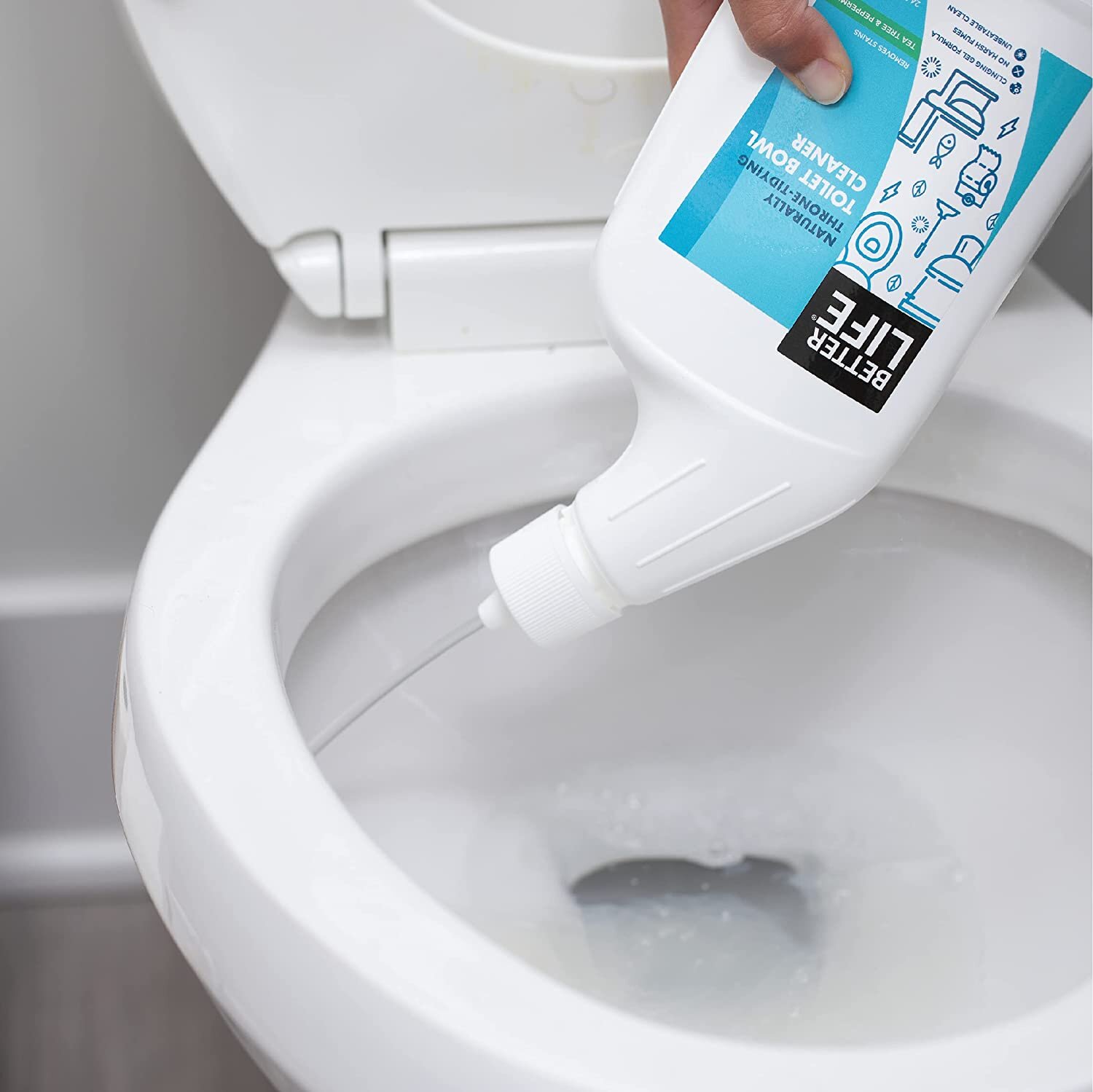
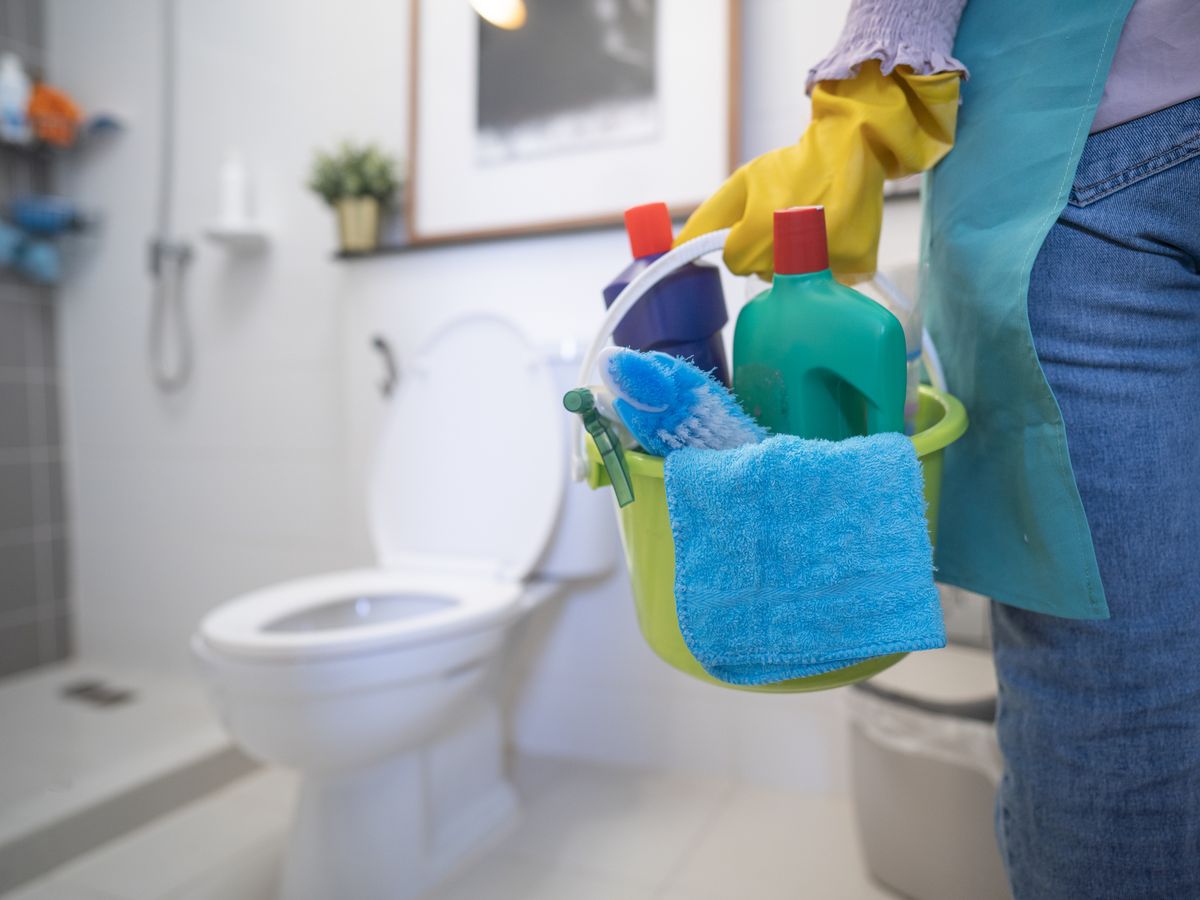
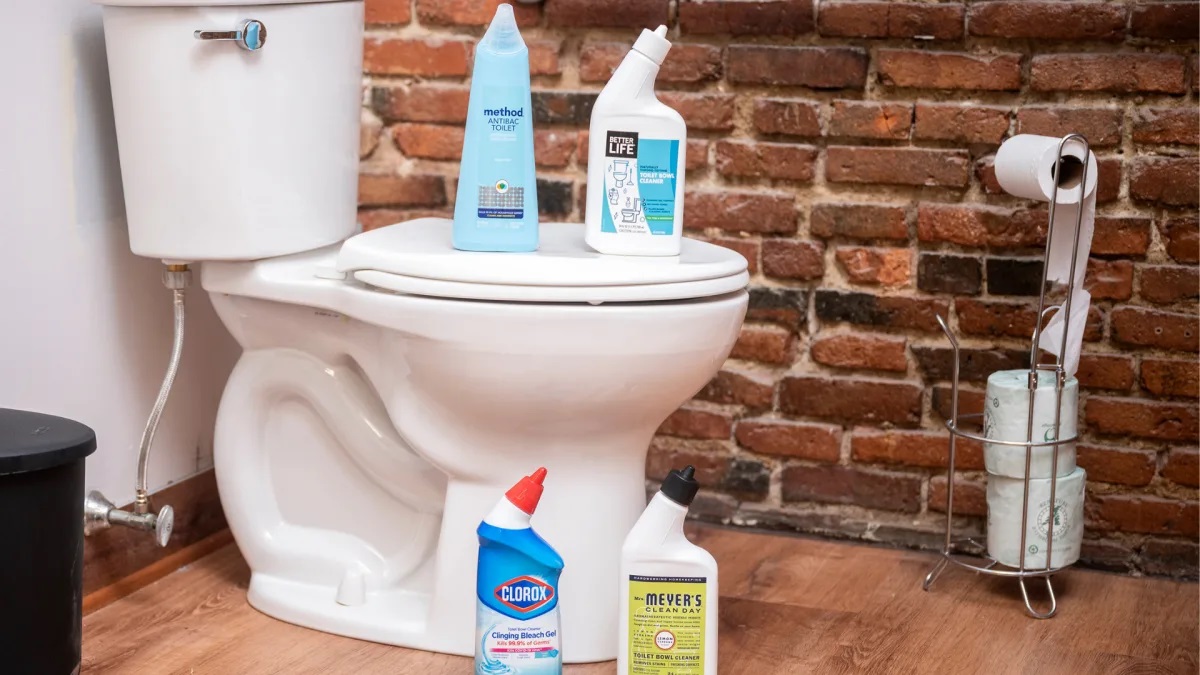
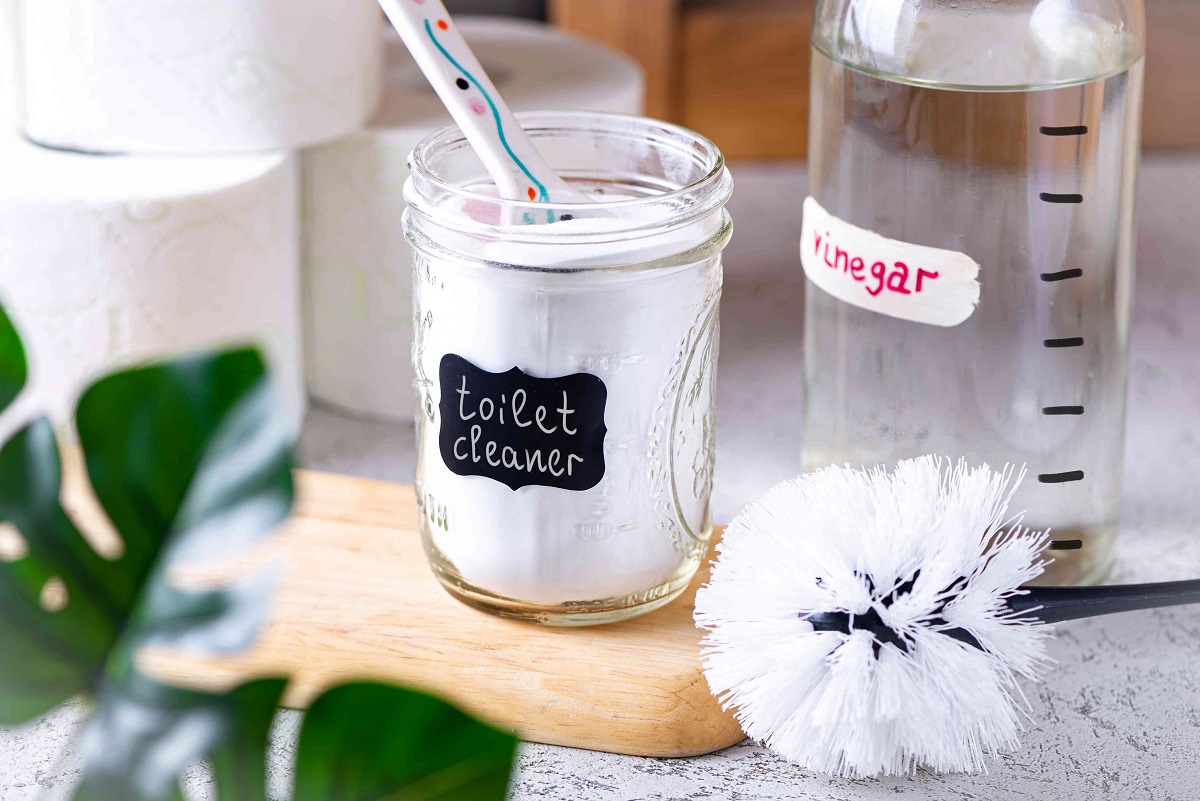
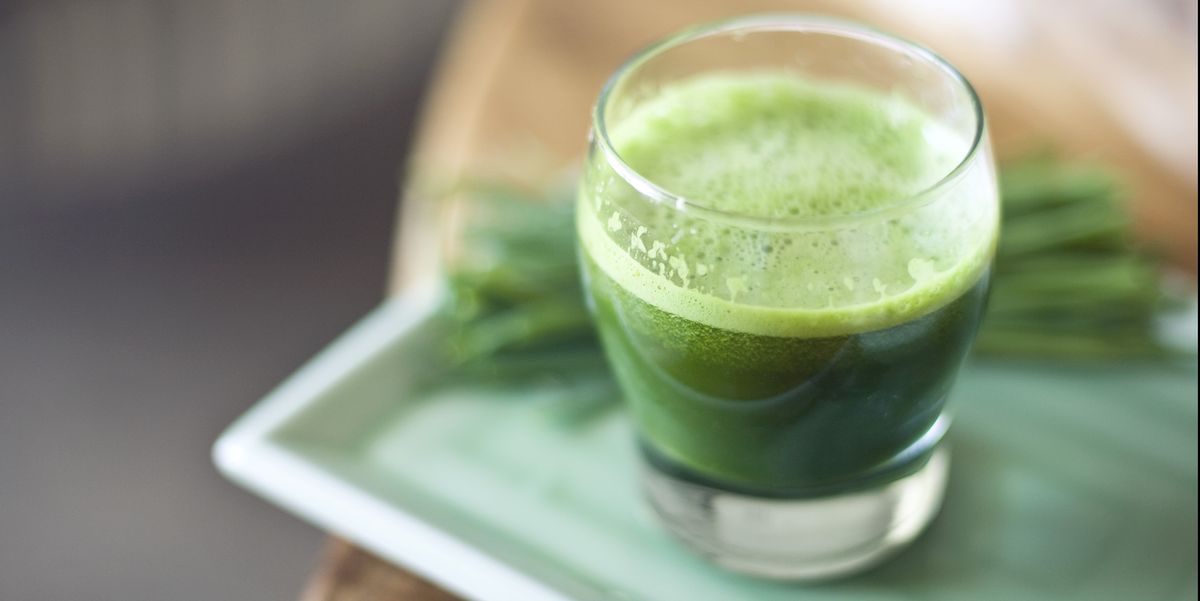
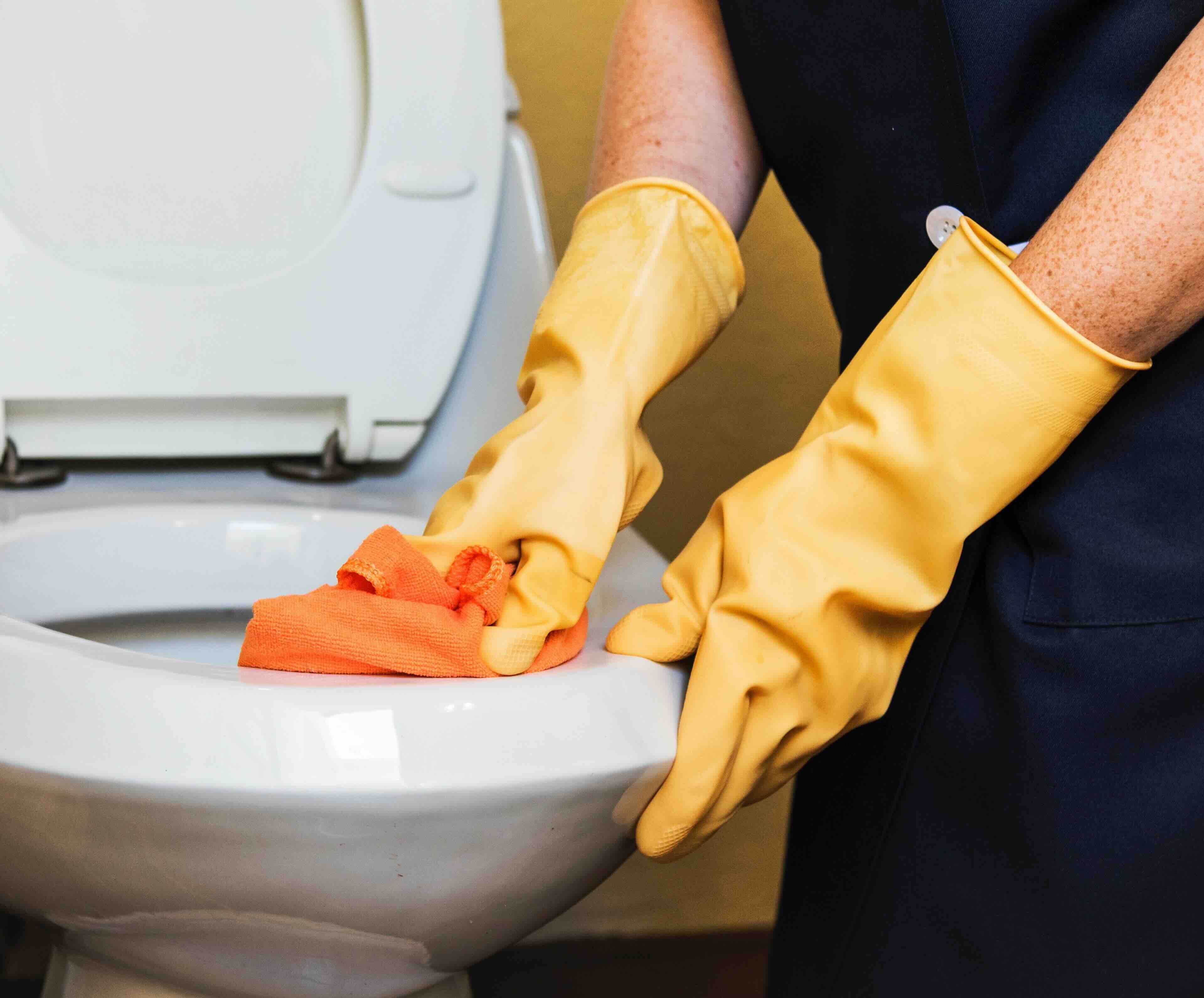
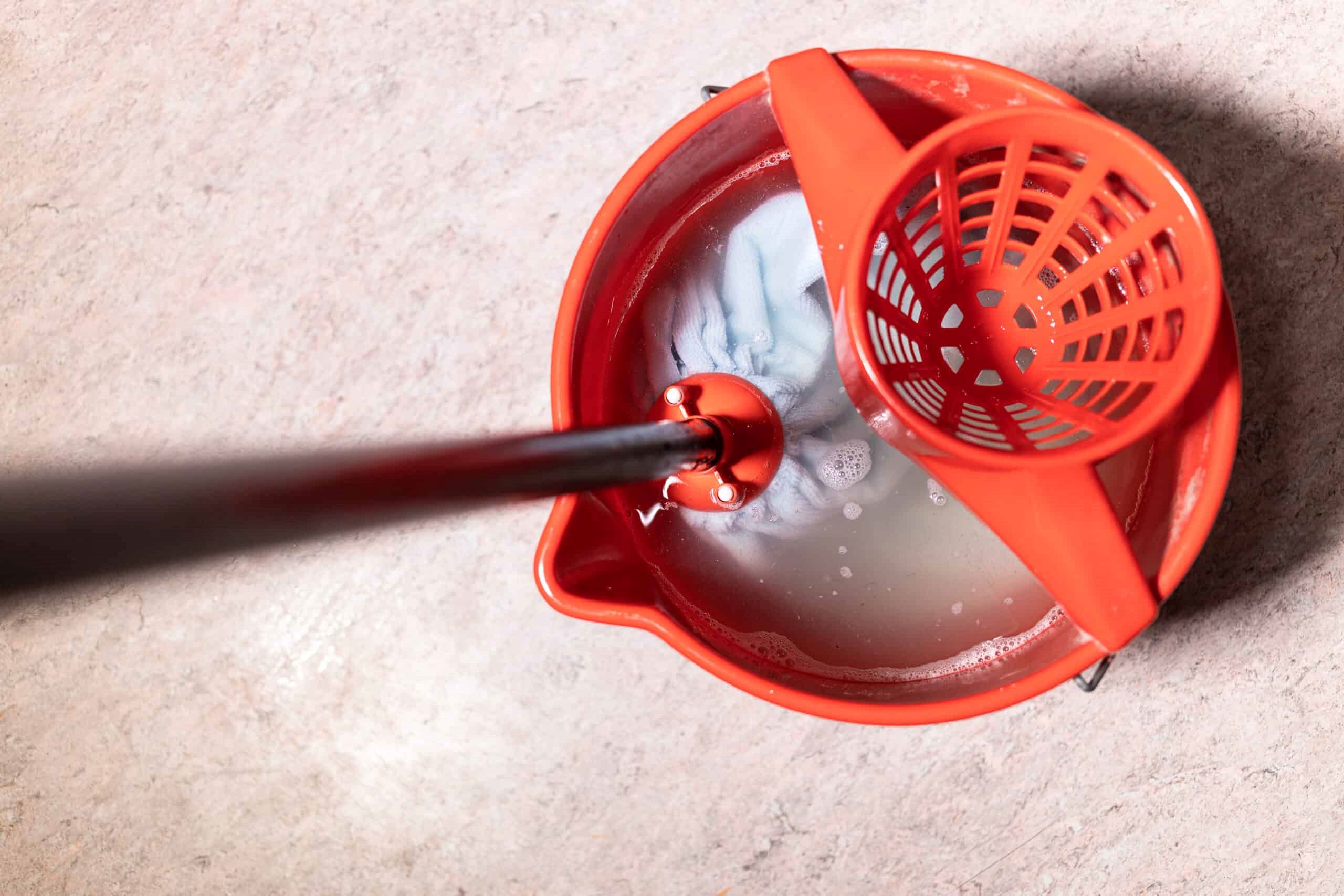
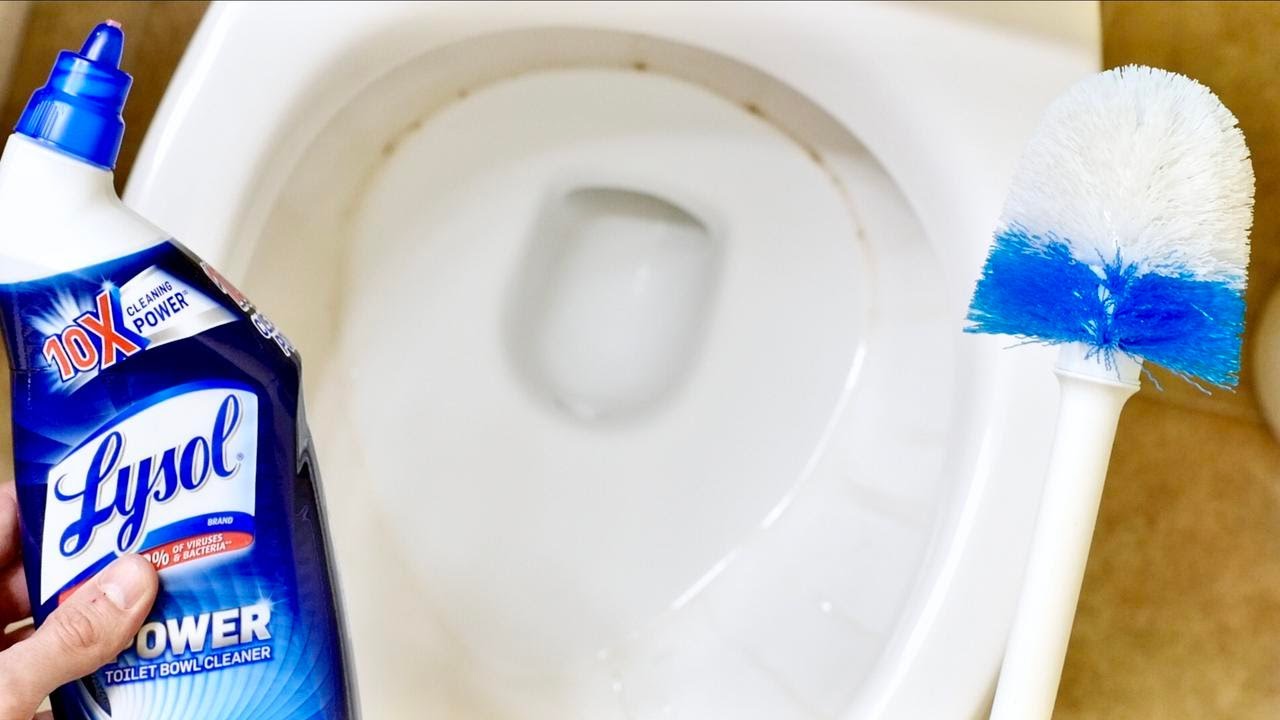
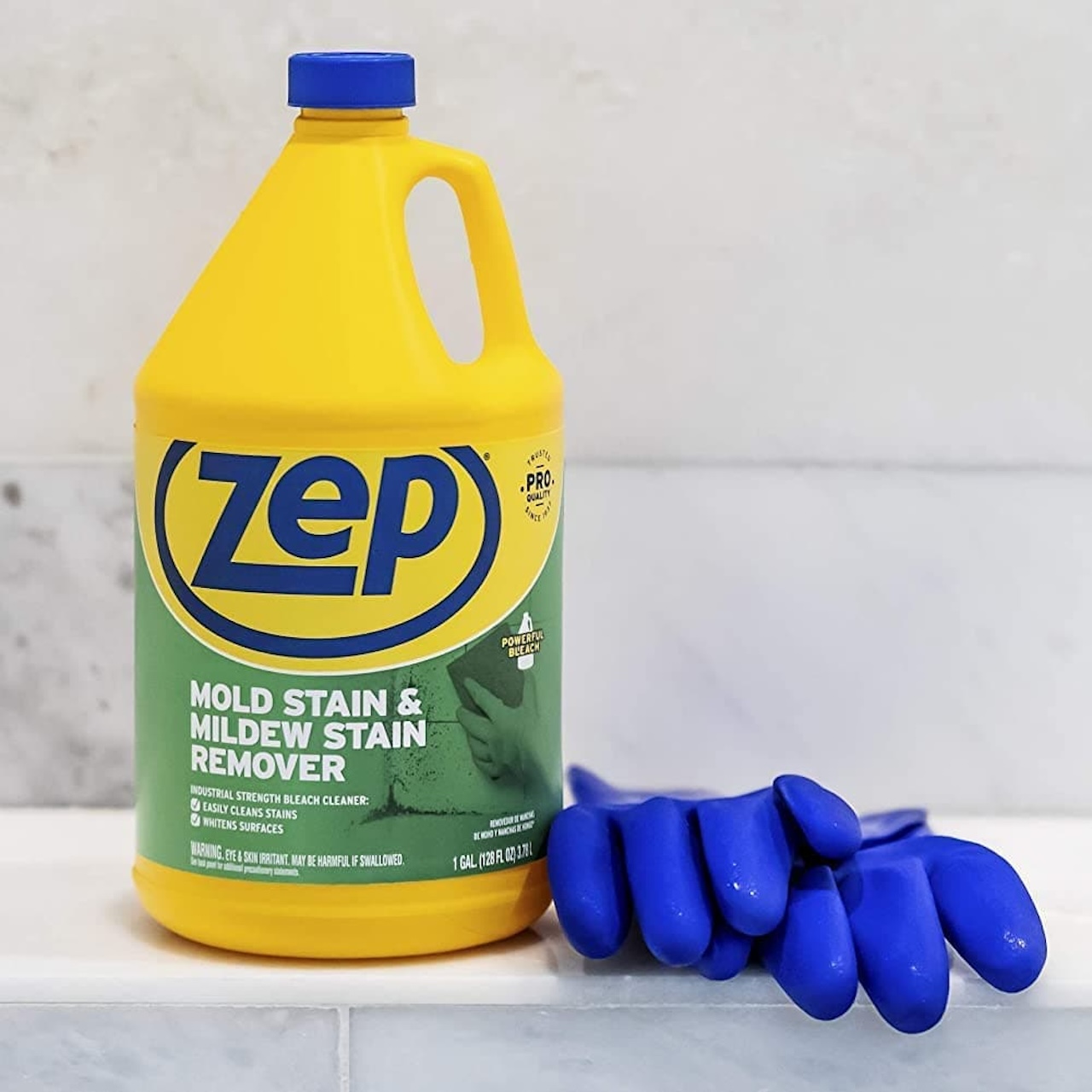
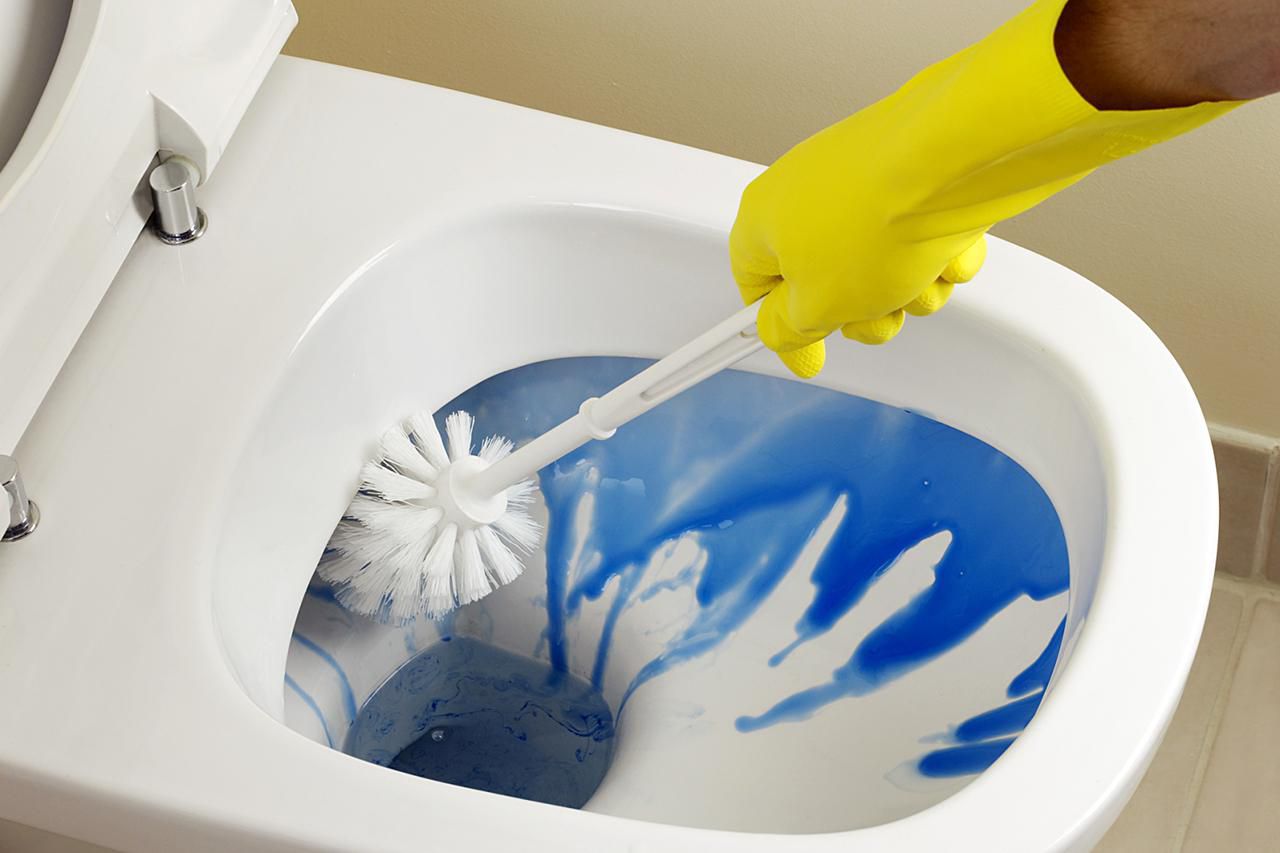
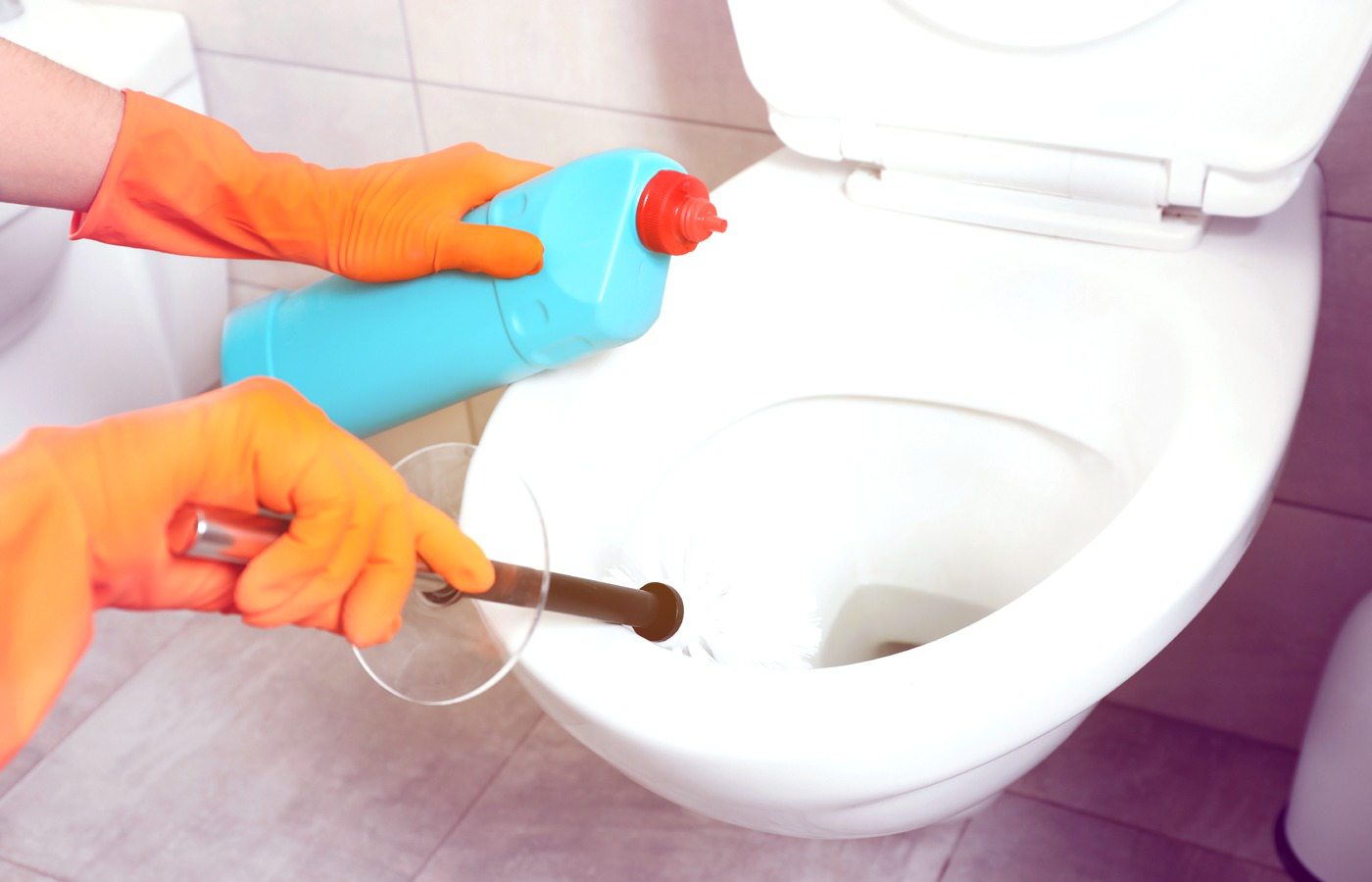

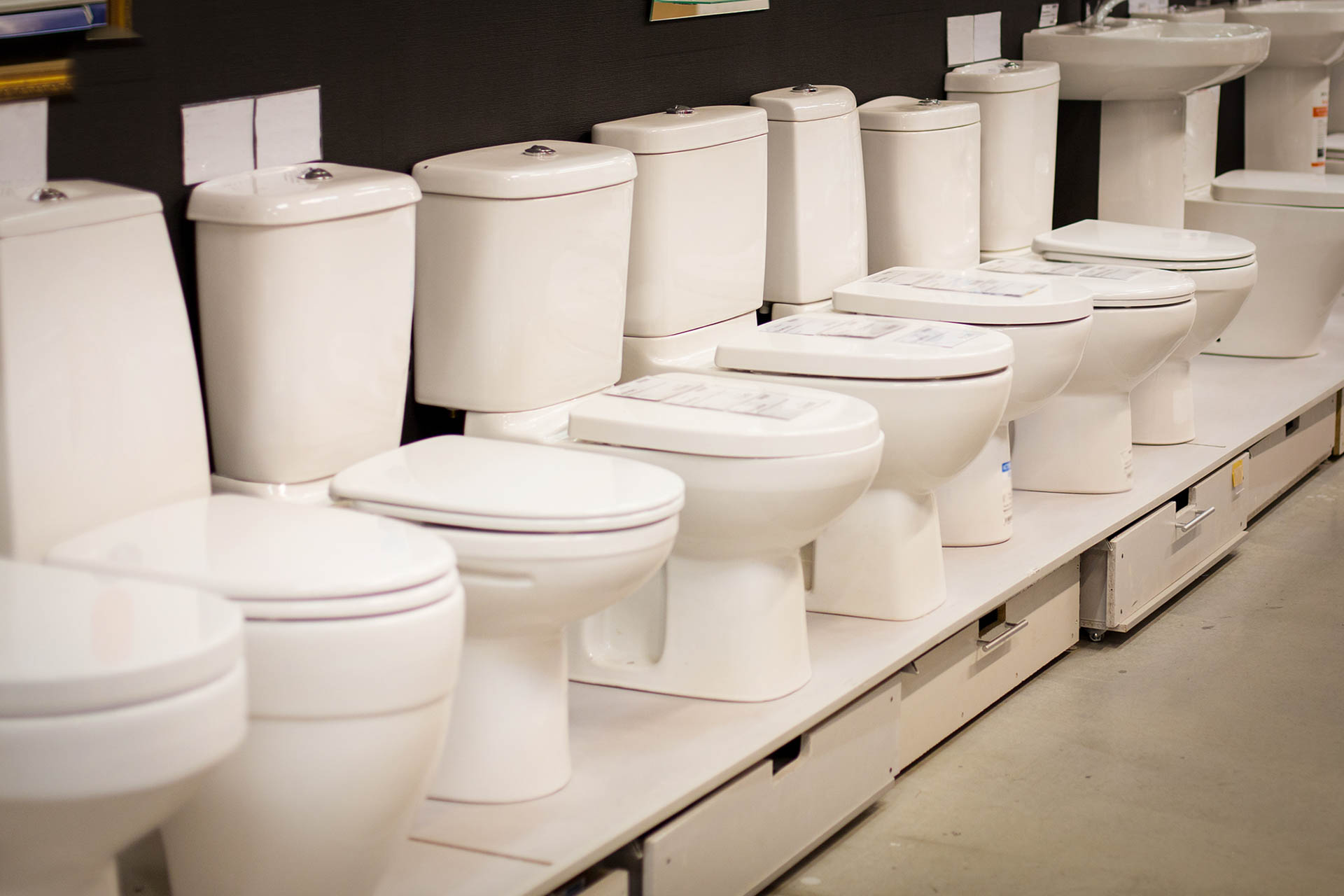
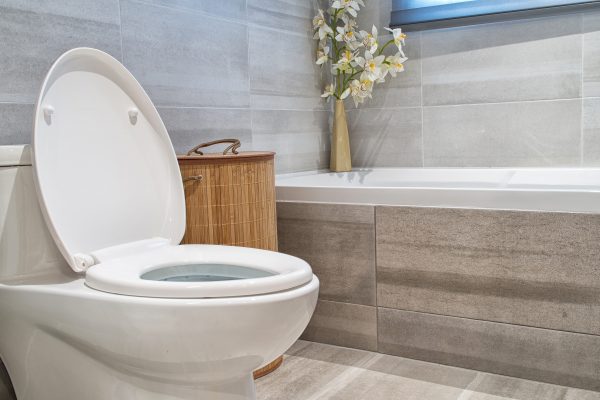

0 thoughts on “What Happens If You Drink Toilet Bowl Cleaner”